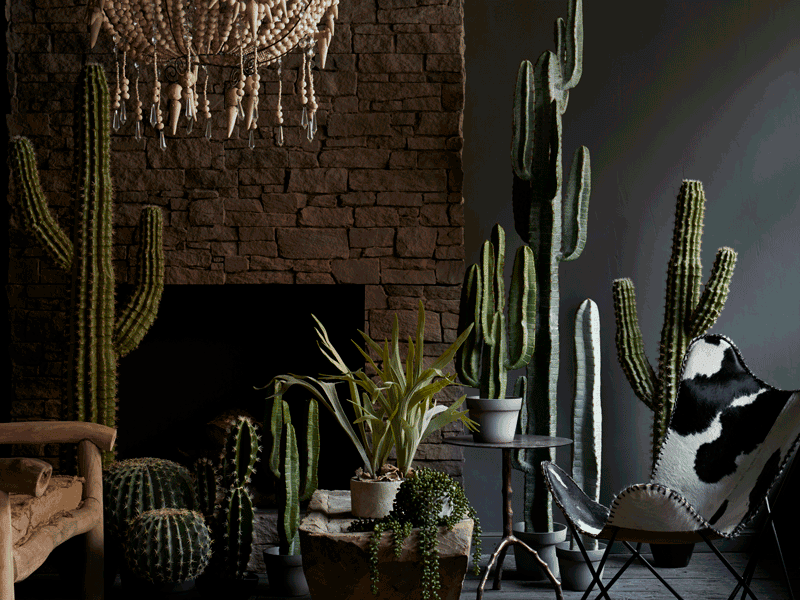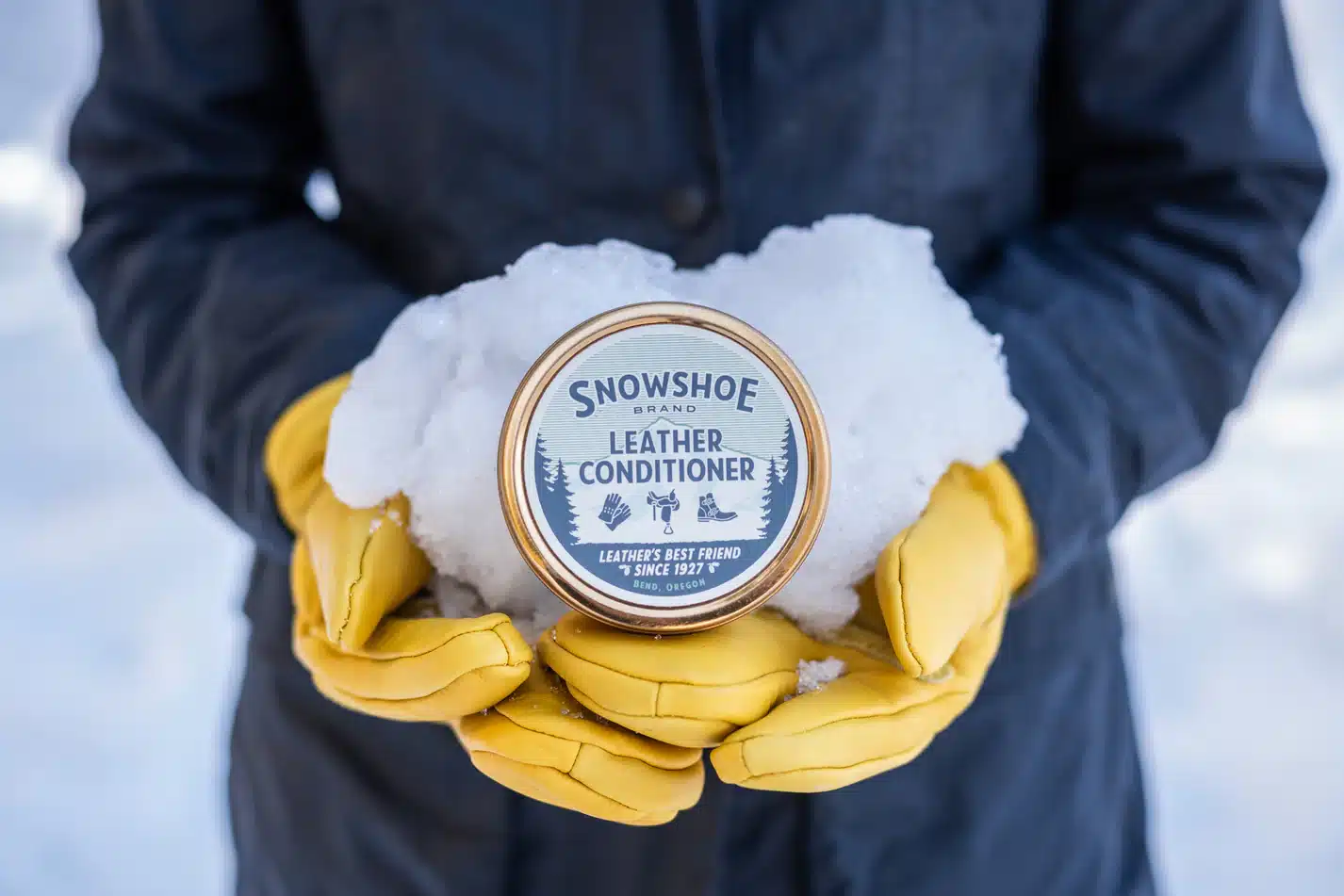While cacti and succulents prosper in the heat and sunshine, they don’t need summer to flourish; a wonderful indoor high desert can be created at home. The plants not only provide a dusting of color to a room, but their unique shapes and textures give layered accents to your home drawing the eye to multiple living focal points.

To explore the high desert aesthetic, Desert Rose Cactus Lounge provides inspiration. Owned by Andrea Metzler and her husband, Kent Halverson, the shop is adorned end to end with prickly and exotic greenery—flora that thrives in the high desert climate. Metzler said the sun and the arid climate are what make these particular plants grow so well in Bend. For the winter months, cacti and succulents don’t need much water. In fact, Metzler said some cacti are typically dormant in the winter season, allowing them to survive in dry soil for up to three months. Keep desert plants near a window—but not touching the glass to avoid cold damage—or under grow lights for the snowy, darker days.
In general, Metzler suggested placing plants in south- or west-facing windows, typically these provide the most direct sunlight for cacti and euphorbia throughout the day. “I also recommend terracotta pots,” she said. “They let a lot of air in; they’re more porous. So they absorb extra water which helps keep you from overwatering your cactus and succulents.” Terracotta pots also add an extra element to the design of a high desert home with their colors mimicking the neutrals and softness of the desert landscape.
To get started, Metzler recommends San Pedro cacti because they’re fast growers. Another starter cactus is the cereus Peruvianus, otherwise known as the Peruvian apple cactus or the night-blooming cereus. After a while, they produce stunning blooms at—you guessed it—night. Also commonly seen as a design accent, is the structural cereus jamacaru. With easy care, cacti and succulents are an easy way to manifest indoor high desert dreams. See desertrosebend.com.




